The drive to Çatalhöyük takes about 45 minutes. Salih says he avoids the highway and takes the short cut. It’s kind of an adventurous road with lots of farms, chickens and cows crossing roads, and motorcyles whizzing by, driven by mad men with no helmets. This morning there was a small child sitting on the handle of a motorcycle. No helmet.
Çatalhöyük is truly in the middle of nowhere. Höyük means hill - and Çatal means fork. I think what’s meant is that a fork cuts two large hills. It wasn’t until the early sixties that it was discovered that these hills, and many more across Anatolia, cover pre-historic cities. Mellaart, a German archeologist first discovered Çatal in 1963 but then got in trouble with the govermnment for some smuggling issue - he was banned from digging and the site was closed. In 1993, English archeologist, Ian Hodder, finally got permission to dig again. It’s his visionary method and archaeological philosophy that drives the excavation today.
Of course you notice that I’m using the British spelling of the word archaeology - it’s not because I’m pretentious. It’s because my mentor, the eminent Ruth Tringham, took a digital red pen and corrected every instance of the word on a proposal I wrote. It’s the correct way, she said. I’m grateful to her for that and for many other intellectual and inspirational gifts.
Below, two burials.
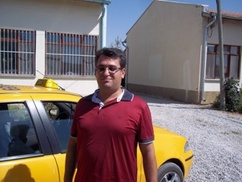
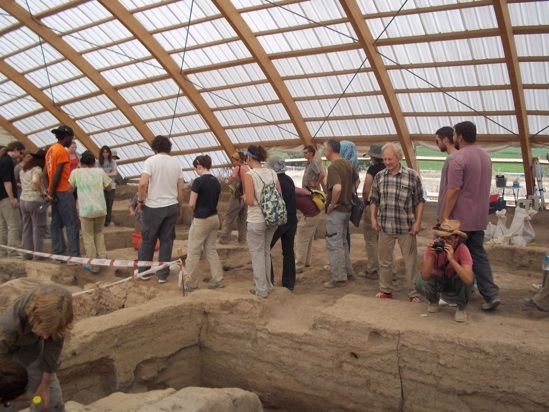
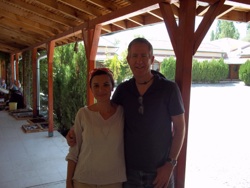
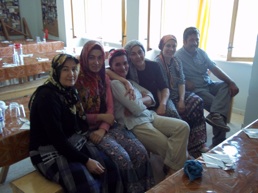
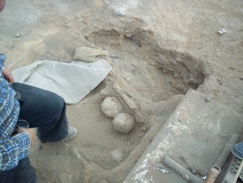
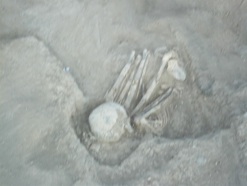
 RSS Feed
RSS Feed